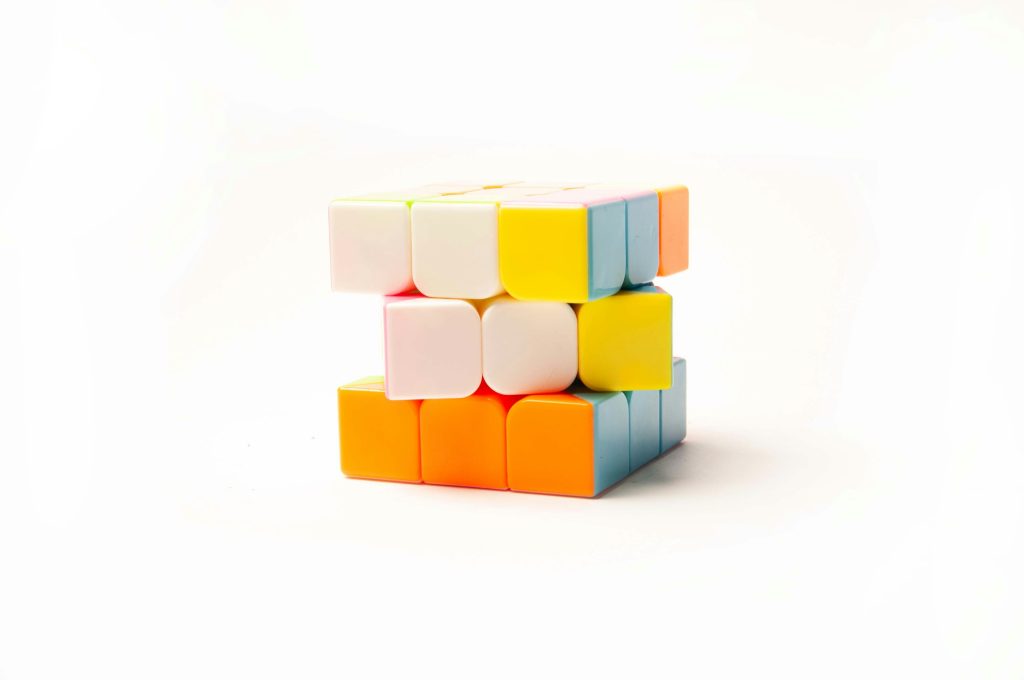Picture a first-aid box. What elements do you think you would find inside?
Gauze, Ointment, Bandaids, a cotton bundle?
Now imagine you had to create a first aid box from scratch for your workplace but wait…there’s a catch!
You will have to design one to tend to mental health-related concerns in the workplace. So what would it include and what would its purpose be?
Similar to a first-aid box’s role of trying to address minor physical injuries before they escalate, a mental health first aider (MHFA) plays a crucial role in acting as first aid and tending to the emotional well-being of the workplace.
Imagine someone you trust, someone who’s approachable and a good listener. Now, equip them with the knowledge to recognize the signs of mental health struggles – the emotional counterpart of a scraped knee or a throbbing headache. This is how your MHFA can support you at work!
What does it mean to be a mental health first aider?
Being a mental health first aider comes with an understanding that they are not there to replace therapists, but rather to be that initial bridge between a colleague struggling and the professional help they might need.
What do mental health first aiders do? MHFAs are equipped with the ability to offer initial support, listen without judgment, and guide colleagues towards seeking help.
In addition, they also —
- Identify warning signs like changes in mood, behavior, or concerns like anxiety and stress post-professional training
- Intervene in a safe, non-judgmental, and reassuring manner
- Create awareness of the umbrella of mental health-related concerns in the workplace
- Advocate for workplace accommodations for people with invisible disabilities such as ADHD, autism, depression, and other concerns
- Guide the person and help them access supportive resources like therapy and professional help
While a mental health first aider understands that mental health issues can manifest differently in different people, with their training, they can pick up on subtle cues – a colleague who’s become withdrawn and avoids contact, someone who’s constantly on edge and easily frustrated, or a high performer who’s suddenly appearing disengaged.
Becoming an MHFA is an investment with a high return, especially in India. According to the 2022 Deloitte Mental Health survey, a staggering 80 percent of the Indian workforce experience mental health issues.
Work-related stress was found to be the biggest culprit, affecting nearly 50 percent, while societal stigma prevents almost 40 percent from seeking help. Employees not feeling safe enough to seek help or support can translate to a hostile work environment resulting in significant costs for employers – estimated at a whopping USD 14 billion annually due to absenteeism, presenteeism (where employees are physically present but mentally checked out), and attrition.
These statistics paint a concerning picture, but they also highlight the immense potential for impact that MHFAs can have in the workplace.
If you are a changemaker looking to accelerate employee well-being efforts in your organisation, answer this, what would mental health first aid at your workplace look like?
Write to us at hello@serein.in for practical steps to sustain your workplace well-being efforts.


